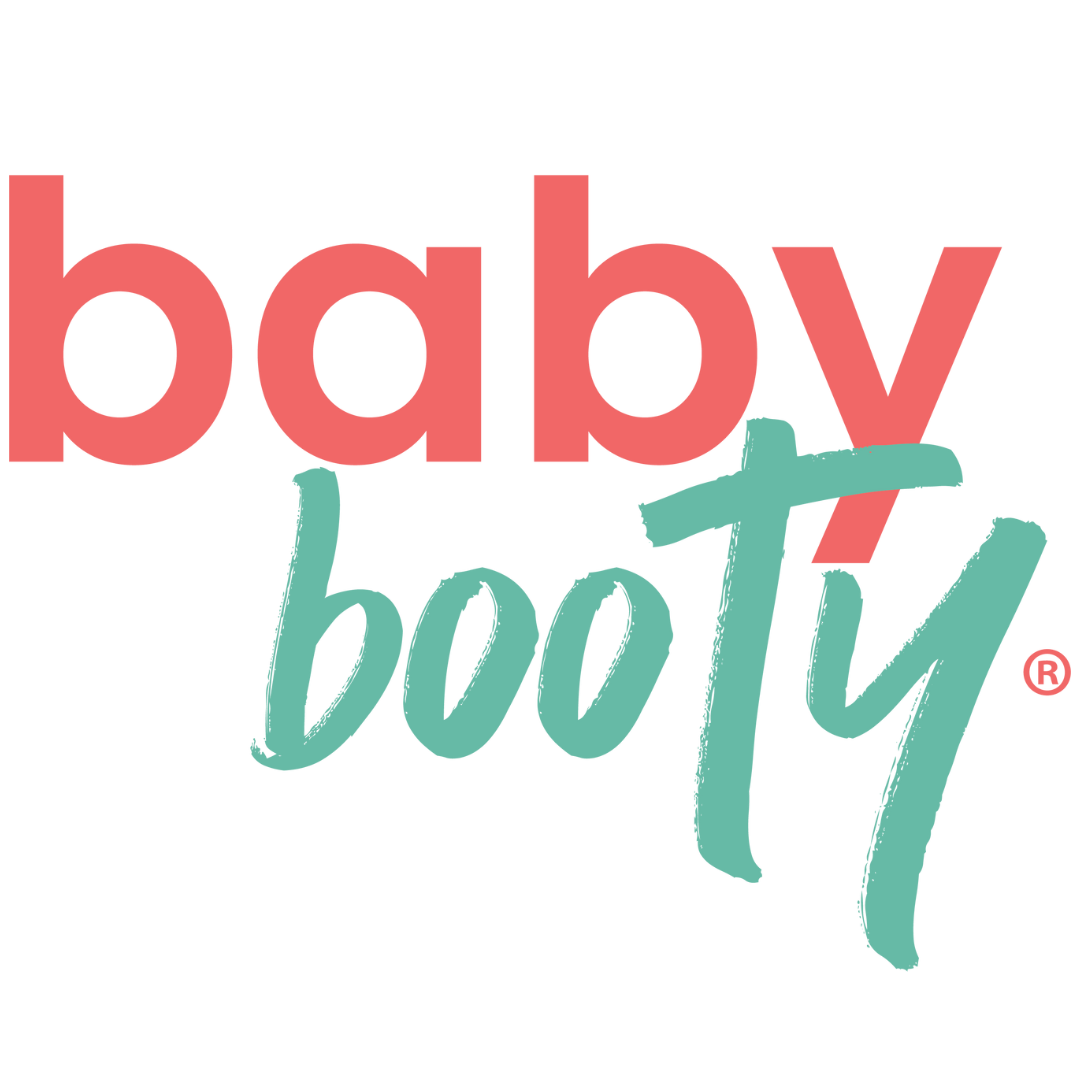Variation, Not Modification: Listening to Your Body
Before I got pregnant, I was what you could call a fitness junkie. Living in L.A. I worked out almost every day. I would go to spin classes, bootcamp, HIIT, choreographed dance – I even tried aerial yoga and pole. On my days outside of the gym, I would go running on the beach along the strand, or hiking in the hills outside of Santa Monica or Hollywood. My lower back would occasionally remind me that I needed to be careful, but nothing that an ice pack or a quick trip to a chiropractor couldn’t fix.
After I gave birth, there was something that happened to me in my six weeks of downtime. Having a baby in the depths of winter made lounging on the couch seem preferable to the gentle walks and stretching I needed; the icy paths too treacherous to traverse, the floor too chilly to do yoga on.
When I got cleared for fitness from my midwives, I started working out like things were mostly normal, but things were off. In hindsight, I added too much in too quickly. My lower back started to tweak; muscles began to spasm. One day I woke up and I couldn’t get out of bed – the last thing you want when your baby is just a few months old.
When I started trying to find a solution to my back situation, physical therapy, osteopathic medicine, chiropractors, physiotherapy, massage therapy, medication, meditation – I was ready to heal. But I’d get over-eager. I’d push too hard and throw it out again. It went from being a pelvic flood issue to a disc issue, and the progress I made slowly started to slip, until I had to take a break from the Baby Booty community (and sweat) I’d come to rely on for my mental health.
After feeling like my back was held together with bandaids, I took a class with physical therapist and pelvic floor specialist, Dr. Jenn Gelfand. “I always tell my patients, it’s not about modification, it’s about variation,” she emphasized. “It shouldn’t feel like you're weak, or holding back – it’s about listening to your body, what it needs, how it moves, and meeting you where you’re at.”
Today, I also stop thinking about what I need as temporary. I know to listen to my body and respond to what it’s telling me. I know that just because I used to move one way doesn’t mean another one is worse or better. Staying grounded in whatever practice is the most healing. Movement – whatever that means at the time – is key.
